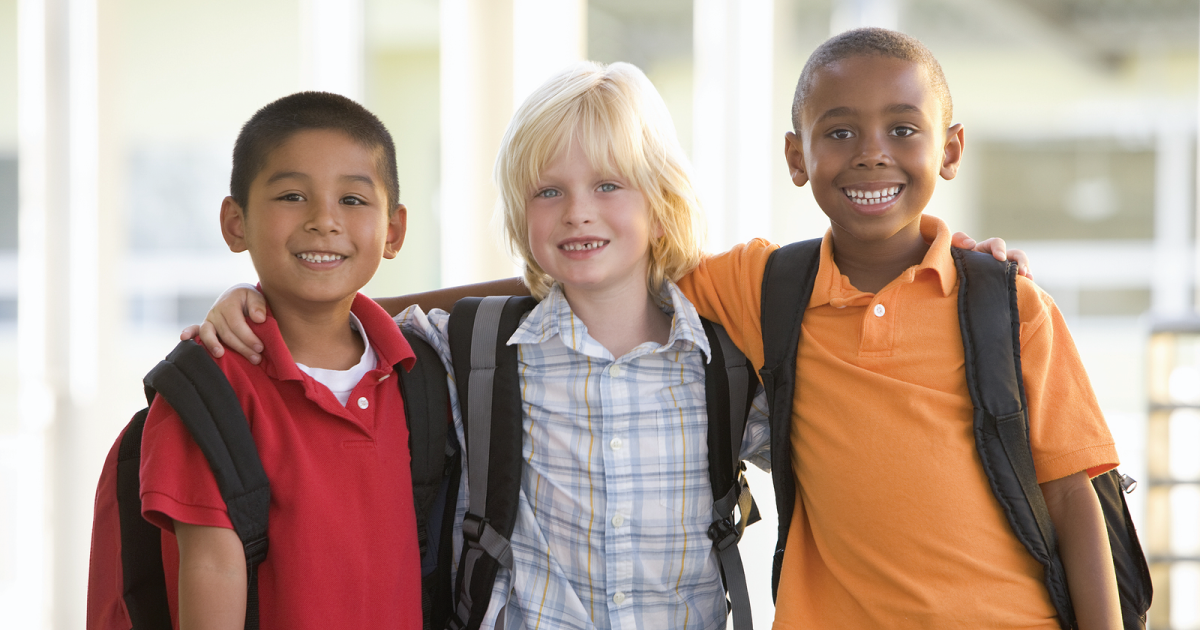
CDC Guidelines for Going Back to School in 2020
According to the American Academy of Pediatrics (AAP), the academic, physical and mental benefits of returning children to school for in-person learning outweigh the potential health risks of COVID-19. To that end, the AAP has issued guidelines for the “safe reopening” of schools. However, many parents wonder whether the guidelines themselves may do far more harm than good in the long term.
July 23, 2020 | Source: Mercola.com | by Dr. Joseph Mercola
According to the American Academy of Pediatrics (AAP), the academic, physical and mental benefits of returning children to school for in-person learning outweigh the potential health risks of COVID-19.
To that end, the AAP has issued guidelines for the “safe reopening” of schools. However, many parents wonder whether the guidelines themselves may do far more harm than good in the long term. One parent outlines her concerns in the video above.
The U.S. Centers for Disease Control and Prevention has also issued school reopening guidelines1 in anticipation of nationwide reopenings. Unicef2 also supports students’ re-entry into schools, noting that reopenings should “be consistent with each country’s overall COVID-19 health response to protect students, staff, teachers and their families.”
https://www.youtube.com/watch?v=0TDYpEpa3M4
American Academy of Pediatrics Calls for School Reopenings
As noted in the AAP’s guidance for school re-entry:3,4
“The importance of in-person learning is well-documented, and there is already evidence of the negative impacts on children because of school closures in the spring of 2020.
Lengthy time away from school and associated interruption of supportive services often results in social isolation, making it difficult for schools to identify and address important learning deficits as well as child and adolescent physical or sexual abuse, substance use, depression, and suicidal ideation.
This, in turn, places children and adolescents at considerable risk of morbidity and, in some cases, mortality. Beyond the educational impact and social impact of school closures, there has been substantial impact on food security and physical activity for children and families.”
Children Rarely Transmit COVID-19
AAP points out that, unlike the influenza virus, SARS-CoV-2 does not appear to spread easily among children and teens. Indeed, studies from the U.S.,5 Israel6 and the Netherlands7 have demonstrated that children are far less likely to become infected than adults, and far less likely than adults to transmit the virus to others.
In one such study,8 children accounted for just 13% of transmissions within households. Another found9 children under the age of 4 were 47% less likely to test positive for SARS-CoV-2 infection compared to adults in the same household.
A July 2020 study10 looking at COVID-19 in children and the dynamics of infection within families found only 0.9% of COVID-19-positive patients were under the age of 16, and in just 8% of cases did a child within the household develop symptoms before an adult. Science Daily11 also cites a number of other studies confirming the theory that children are rare disease vectors when it comes to COVID-19:
“In a French study, a boy with Covid-19 exposed over 80 classmates at three schools to the disease. None contracted it. Transmission of other respiratory diseases, including influenza transmission, was common at the schools.
In a study in New South Wales, nine infected students and nine staff across 15 schools exposed a total of 735 students and 128 staff to Covid-19. Only two secondary infections resulted, one transmitted by an adult to a child.
‘The data are striking,’ said Dr. [William V.] Raszka. ‘The key takeaway is that children are not driving the pandemic. After six months, we have a wealth of accumulating data showing that children are less likely to become infected and seem less infectious; it is congregating adults who aren’t following safety protocols who are responsible for driving the upward curve.’”
Originally, school closings were based on the premise that the virus responsible for COVID-19 would behave like other respiratory viruses, but since it doesn’t, returning children to school is unlikely to pose a significant risk to health.
“ … the preponderance of evidence indicates that children and adolescents are less likely to be symptomatic and less likely to have severe disease resulting from SARS-CoV-2 infection. In addition, children may be less likely to become infected and to spread infection,” AAP notes,12 adding that:
“Policies to mitigate the spread of COVID-19 within schools must be balanced with the known harms to children, adolescents, families, and the community by keeping children at home.”
